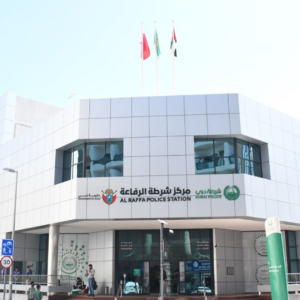In the dynamic landscape of modern traffic management, drones emerge as indispensable tools, playing a pivotal role in optimizing roadway efficiency and ensuring safety, particularly in emergency situations. The strategic deployment of these unmanned aerial vehicles has proven instrumental in addressing congestion and enhancing overall transportation infrastructure.
Drones bring a revolutionary approach to traffic control by offering swift and flexible solutions. In routine scenarios, they excel in efficiently deploying signals to manage traffic flow. With real-time monitoring capabilities, these aerial devices provide traffic management authorities with valuable insights, enabling them to make data-driven decisions for smoother and more effective traffic regulation.
One of the key advantages of drone deployment lies in its ability to alleviate congestion promptly. In congested urban areas or during peak hours, drones can swiftly navigate through traffic, reaching critical points to deploy signals or monitor the situation. This proactive approach significantly reduces response times, minimizing disruptions and ensuring a more seamless traffic flow.
Moreover, drones prove to be indispensable assets in emergency situations. Whether responding to accidents, natural disasters, or other unforeseen events, these aerial devices offer a rapid and efficient means of intervention. Equipped with cameras and sensors, they provide real-time situational awareness to emergency responders, enabling them to assess the situation and coordinate response efforts effectively.
The use of drones in emergency traffic management extends beyond signal deployment. They can survey road conditions, identify potential hazards, and relay critical information to authorities. This proactive monitoring not only aids in immediate response but also contributes to long-term planning for enhanced roadway safety.
As technology continues to advance, the integration of artificial intelligence (AI) and machine learning further augments the capabilities of traffic management drones. AI algorithms can analyze traffic patterns, predict congestion points, and optimize signal deployment strategies, creating a more adaptive and responsive traffic control system.
The adoption of drone technology in traffic management reflects a commitment to embracing innovative solutions for the challenges of modern urban mobility. Authorities recognize the need for holistic approaches to alleviate congestion, enhance safety, and ensure efficient transportation systems. Drones, with their agility and versatility, stand out as invaluable tools in achieving these goals.
In conclusion, the integration of drones into traffic management represents a transformative leap towards smarter and safer urban transportation. Their role in efficiently deploying signals, mitigating congestion, and providing timely interventions during emergencies underscores their significance in shaping the future of traffic control and roadway management. As technology continues to evolve, the synergy between drones and traffic management systems promises a more resilient and responsive urban mobility infrastructure.









